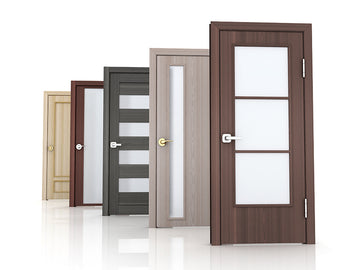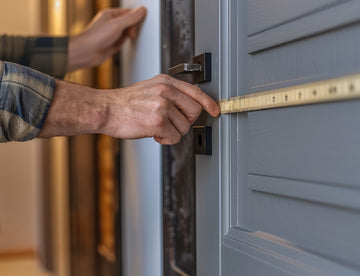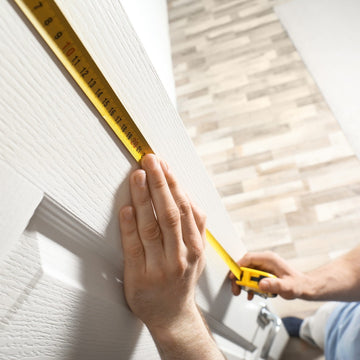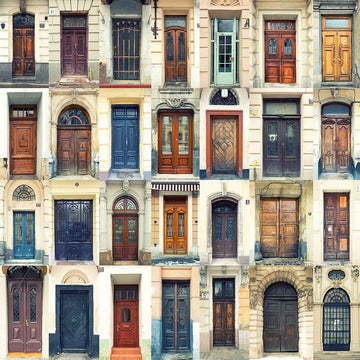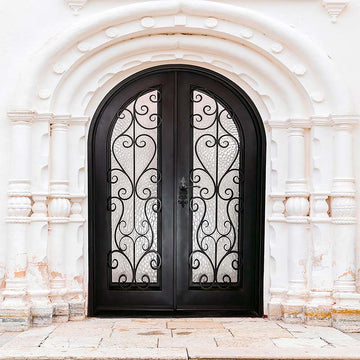
Soundproofing a door is a valuable investment that can significantly enhance the tranquility and privacy of any living space. By implementing effective soundproofing techniques, you can reduce noise transmission through your door and create a more peaceful environment.
Soundproofing your door is an essential step towards creating a quiet and peaceful living environment. By implementing techniques such as replacing with a solid core door, installing weatherstripping, attaching a door sweep, utilizing soundproofing panels or blankets, adding mass with an MLV barrier, applying acoustic caulk, and considering soundproof curtains, you can significantly reduce noise transmission through your door.
- Replace with a Solid Core Door
If your current door is hollow, replacing it with a solid core door is an excellent first step in soundproofing. Hollow doors are inherently poor at blocking sound, as they lack the density and mass required to minimize noise transmission. Solid core doors, on the other hand, are constructed with a solid material core, such as wood or metal, which effectively absorbs and dampens sound waves.
- Install Weatherstripping
To further improve the soundproofing capabilities of your door, install weatherstripping around its edges. Weatherstripping serves the dual purpose of sealing gaps where sound can infiltrate and preventing drafts. Ensure that the door makes a tight seal with the door frame when closed, minimizing the potential for sound leakage.
- Attach a Door Sweep
For additional noise reduction, consider attaching a door sweep at the bottom of your door. A door sweep is a flexible strip typically made of rubber or neoprene that is fixed to the door's interior. It effectively blocks sound from entering under the door, reducing the amount of noise that can permeate through this common gap.
- Utilize Soundproofing Door Panels or Blankets
Soundproofing door panels or blankets made of sound-absorbing materials can be an effective solution for minimizing noise transfer. These panels are specifically designed to absorb and dampen sound waves, thus reducing their ability to pass through the door. Install the panels on the door's surface or hang soundproofing blankets over the door for improved sound insulation.
- Add Mass with Mass Loaded Vinyl (MLV) Barrier
Enhance your door's soundproofing capabilities by adding mass with a mass loaded vinyl (MLV) barrier. MLV is a dense, flexible material that can be applied to the door's surface or sandwiched between layers. The added weight contributes to better sound absorption and dampening, resulting in reduced noise transmission through the door.
- Apply Acoustic Caulk
To seal off any small gaps or cracks around the door and its frame, consider applying acoustic caulk. Acoustic caulk is a specialized sealant that remains flexible and maintains its soundproofing properties over time. By filling in these gaps, you can prevent sound leakage and further enhance the door's ability to block noise.
- Consider Soundproof Curtains
Although not as effective as other methods, installing a heavy soundproof curtain can provide an additional layer of noise reduction for your door. These curtains are typically made of dense fabrics and often contain sound-absorbing materials. While they may not completely eliminate sound transmission, they can help dampen certain frequencies and improve overall acoustic insulation.


